Community Partners
In designing projects, we strive to have students doing the work of the world. Inviting those who actually do that work in the world into your project can be extremely powerful. Outside experts can be leveraged during each phase of the project; and they can come from a variety of places — your school, district, town or city, state, nation, and the world.
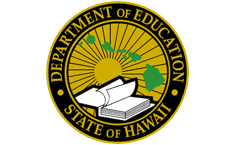
The Hawaii State Department of Education is the only statewide public school district in the country. It comprises 257 public schools and 37 charter schools, educating about 180,000 students. We have about 22,000 permanent full-time staff including about 13,000 teachers.
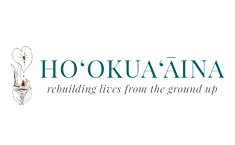
Ho‘okua‘āina is a gathering place for people in the community to connect with and care for the ‘āina, perpetuate Hawaiian culture through the cultivation and preparation of kalo, and to be a place that would ultimately bring healing to people.

Papahana Kuaola is an aloha ‘āina-based education organization connecting the area’s past with a sustainable future. Papahana Kuaola is committed to creating a functional model of economic sustainability and environmental health in which Hawaiian knowledge is the means of decision-making to ensure that Hawaiian culture and native ecosystems are perpetuated.
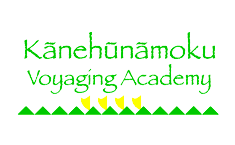
Kānehūnāmoku, a 29ft, double hulled, sailing canoe, is a hands-on, dynamic, and living classroom for students of all ages. Students become crew members and learn all aspects of sailing the canoe, including maritime skills, non-instrumental navigation, elemental observations, teamwork and communication.
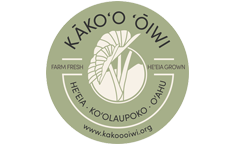
Kāko’o’Oiwi serves as a living “classroom”, ready to provide outdoor learning opportunities for all. They strive to restore cultural connections between land, community, and Ohana. Kāko‘o ‘Ōiwi hosts a variety of activities, such as outdoor experiential learning, Hawaiian culture, Aloha Aina, sustainability, kalo, science and research, community service, & responsible stewardship.
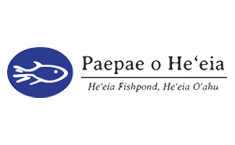
Paepae o He’eia is dedicated to caring for He’eia Fishpond, an ancient Hawaiian fishpond. The organization strives to perpetuate the fishpond through eco-cultural education projects that are place-based and ecological-based studies that foster values and concepts of traditional fishpond management, bridging traditional and contemporary knowledge systems.
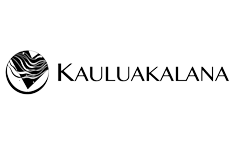
Kauluakalana is committed to ‘āina restoration and education, cultural revitalization, community regeneration, identity reclamation, and the renewal of kuleana in Kailua, one of the most storied ahupua‘a on O‘ahu.

Kualoa’s mission is to enrich people’s lives by preserving Kualoa’s sacred lands and celebrating its history. Established in 1850, Kualoa’s company vision is to be a role model as stewards of these amazing 4000 acres named Kualoa, Hakipu’u and Ka’a’awa.
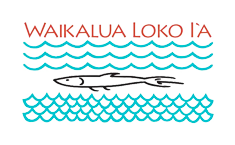
From the old stone walls of the Waikalua Loko fishpond to the verdant walls of the magnificent pali, the Kāne’ohe ahupua’a holds clues to a rich cultural and natural heritage. Waikalua Loko I‘a provides students with opportunities to discover and embrace that heritage and carry forward the practices that will help us to live in harmony with the land and sea.